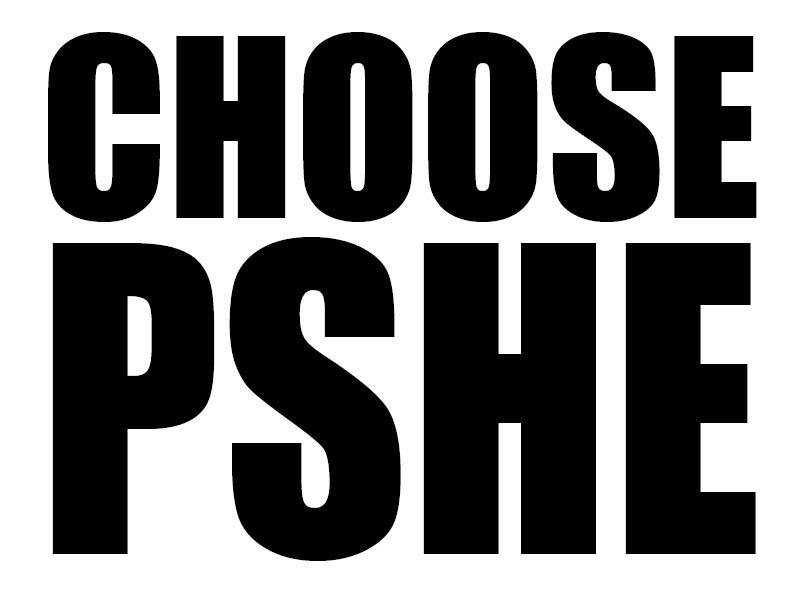A curriculum for life.
There is compelling evidence that PSHE education — when taught well — helps keep children and young people safe, mentally and physically healthy and prepared for life and work. Yet there’s sometimes a lack of understanding, or a misunderstanding, of what the PSHE education curriculum actually covers, and why.
We have therefore put together these handy breakdowns of the PSHE education curriculum, for primary and secondary, to highlight why it is so important for schools to address each area. We’ve included key prevalence statistics for various issues, alongside relevant research and impact evidence to show how PSHE education can help and why all aspects of the PSHE education curriculum are there for good reason.
These will have a variety of uses. For example, you can use them in school to explain the rationale behind PSHE education content to parents or colleagues. Or they can be shared with anyone who is curious about what schools are doing, and can do, to support children and young people with these real-life challenges and opportunities through the curriculum.
We’ve broken down the curriculum into PSHE education’s three core themes — Health and Wellbeing; Relationships; and Living in the Wider World (which includes a focus on economic wellbeing and careers) — and you will see which parts of each theme are currently covered in the DfE’s Statutory guidance for relationships, sex, and health education (RSHE).
Using these resources to support engagement with parents and carers
Parents and carers are overwhelmingly supportive of PSHE education, and even more so when they fully understand its content and rationale. So effective communication with parents is crucial. This way parents can fully understand what is taught, why it’s taught and how it’s taught; and schools can ensure a partnership with parents that supports the best possible PSHE education for their child.
The PSHE Association has produced separate guidance to help schools communicate and meet with parents, but this summary will help you to share your rationale for each area of the curriculum when speaking to parents or explaining your approach. Sharing teaching materials with parents is also a key part of illustrating the ‘what, why and how’ — and we provide parent copies of all member materials — but on its own, this does not paint a full picture. So, we hope this guidance helps to further explain your school’s approach to PSHE education.



